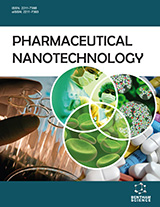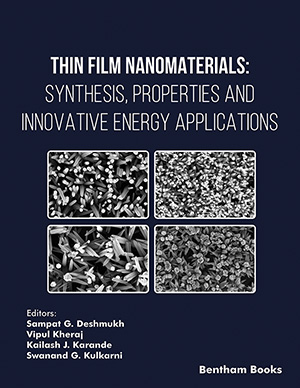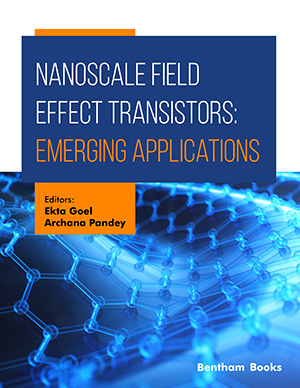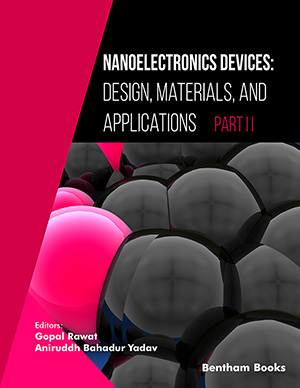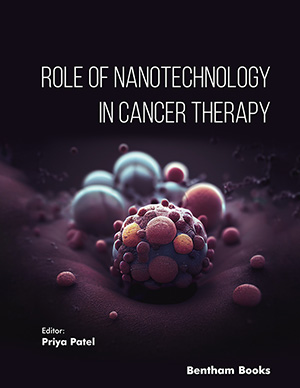
Abstract
Aims: Nanoparticles are important agents for targeted drug delivery to tissues or organs, or even solid tumour in certain instances. However, their surface charge distribution makes them amenable to recognition by the host immune mechanisms, especially the innate immune system, which interferes with their intended targeting, circulation life, and eventual fate in the body. We aimed to study the immunological response of iron oxide nanoparticles (Fe-NPs) and the role of the complement system in inducing an inflammatory cascade.
Background: The complement system is an important component of the innate immune system that can recognise molecular patterns on the pathogens (non-self), altered self (apoptotic and necrotic cells, and aggregated proteins such as beta-amyloid peptides), and cancer cells. It is no surprise that clusters of charge on nanoparticles are recognised by complement subcomponents, thus activating the three complement pathways: classical, alternative, and lectin.
Objective: This study aimed to examine the ability of Fe-NPs to activate the complement system and interact with macrophages in vitro.
Methods: Complement activation following exposure of Fe-NPs to macrophage-like cell line (THP-1) was analyzed by standard protocol. Real-time PCR was used for mRNA-level gene expression analysis, whereas multiplex cytokine array was used for protein-level expression analysis of cytokines and chemokines.
Results: Fe-NPs activated all three pathways to a certain extent; however, the activation of the lectin pathway was the most pronounced, suggesting that Fe-NPs bind mannan-binding lectin (MBL), a pattern recognition soluble receptor (humoral factor). MBL-mediated complement activation on the surface of Fe-NPs enhanced their uptake by THP-1 cells, in addition to dampening inflammatory cytokines, chemokines, growth factors, and soluble immune ligands.
Conclusion: Selective complement deposition (mostly via the MBL pathway in this study) can make pro-inflammatory nanoparticles biocompatible and render them anti-inflammatory properties.
Keywords: Iron oxide nanoparticles, complement, phagocytosis, inflammation, cytokines, chemokines.
[http://dx.doi.org/10.1158/1078-0432.CCR-10-3420] [PMID: 21791632]
[http://dx.doi.org/10.1053/j.ajkd.2008.08.001] [PMID: 18824288]
[http://dx.doi.org/10.1182/asheducation-2010.1.338] [PMID: 21239816]
[http://dx.doi.org/10.1038/nnano.2016.168] [PMID: 27668795]
[http://dx.doi.org/10.1021/nn2021088] [PMID: 21838310]
[http://dx.doi.org/10.1146/annurev-bioeng-071811-150124] [PMID: 22524388]
[http://dx.doi.org/10.1021/acsnano.5b01326] [PMID: 26079146]
[http://dx.doi.org/10.1038/196476a0] [PMID: 13998030]
[http://dx.doi.org/10.1016/j.nano.2014.02.010] [PMID: 24607938]
[http://dx.doi.org/10.1021/ja107583h] [PMID: 21288025]
[http://dx.doi.org/10.1021/nn300223w] [PMID: 22721453]
[http://dx.doi.org/10.1038/nnano.2010.250] [PMID: 21170037]
[http://dx.doi.org/10.1016/j.nano.2015.06.009] [PMID: 26169151]
[http://dx.doi.org/10.1073/pnas.1309618110] [PMID: 23901101]
[http://dx.doi.org/10.1186/s12951-016-0190-0] [PMID: 27179923]
[http://dx.doi.org/10.1016/0161-5890(93)90050-L] [PMID: 7679465]
[http://dx.doi.org/10.1016/0142-9612(87)90116-5] [PMID: 3663806]
[http://dx.doi.org/10.1016/j.biomaterials.2009.03.056] [PMID: 19394687]
[http://dx.doi.org/10.1111/j.0105-2896.2004.0123.x] [PMID: 15199963]
[http://dx.doi.org/10.2174/187152809788681038] [PMID: 19601884]
[http://dx.doi.org/10.1038/ni.1655] [PMID: 18820683]
[http://dx.doi.org/10.1016/j.nano.2014.04.011]
[http://dx.doi.org/10.3389/fimmu.2016.00418] [PMID: 27777575]
[http://dx.doi.org/10.1016/j.sjbs.2020.01.025] [PMID: 32256179]
[http://dx.doi.org/10.3390/molecules23081848] [PMID: 30044410]
[http://dx.doi.org/10.1016/j.etp.2016.05.006] [PMID: 27287986]
[PMID: 27678417]
[http://dx.doi.org/10.2217/nnm-2019-0220] [PMID: 31774720]
[http://dx.doi.org/10.2217/nnm-2017-0332] [PMID: 29231780]
[http://dx.doi.org/10.1002/jat.2998] [PMID: 24737200]
[http://dx.doi.org/10.1007/s10534-011-9409-6] [PMID: 21229380]
[http://dx.doi.org/10.1093/ndt/gft524] [PMID: 24523357]
[http://dx.doi.org/10.1166/jbn.2016.2124] [PMID: 27301184]
[http://dx.doi.org/10.1088/1468-6996/14/1/015008] [PMID: 27877566]
[http://dx.doi.org/10.1016/j.biomaterials.2016.11.025]
[http://dx.doi.org/10.1039/c3cs60064e] [PMID: 23549679]
[http://dx.doi.org/10.1182/blood.V89.11.4100] [PMID: 9166851]
[http://dx.doi.org/10.1016/S0264-410X(99)00213-3] [PMID: 10501244]
[http://dx.doi.org/10.1146/annurev.immunol.17.1.593] [PMID: 10358769]
[http://dx.doi.org/10.1016/0142-9612(88)90091-9] [PMID: 3408795]
[http://dx.doi.org/10.1002/jlb.49.6.556] [PMID: 1709200]
[http://dx.doi.org/10.1097/01.rli.0000101027.57021.28] [PMID: 14701989]
[http://dx.doi.org/10.1021/cr2002596] [PMID: 22216932]
[http://dx.doi.org/10.1016/j.biomaterials.2011.01.019] [PMID: 21288566]









